Scientific knowledge has played a key role in shaping our material world, and especially with regard to genetics, our social, political and spiritual lives also. But how dependant is scientific knowledge on historical accident and chance? Could we have a different, and not necessarily less valid, version of scientific truth if history had played out slightly differently – if certain observations had been made or missed, if individual scientists had been more or less successful, if different accidents had occurred? Or, does the scientific method act to eliminate the effects of historical chance, and our present state of knowledge is somehow necessarily true? Unlikely Objects explores these questions through a ‘Choose Your Own’ history of genetics, and the presentation of some more, or less, likely objects from imagined alternative histories of genetics. Supported by the Wellcome Trust.
Choose Your Own… History of Biology The book accompanying the project takes the form of a Choose Your Own Adventure, allowing YOU the reader to determine the course of biological science. Well that was the idea, but re-writing the history of science proved somewhat more difficult than I first anticipated! A somewhat broken archive of the project website is available here…. The book is illustrated by Nelly Ben Hayoun, with graphic design by Jacob Robinson.
Evolutionary Mythologies The Darwinian revolution never happened, and the focus of biological research, rather than genetics, has been the hormones that control the development of form. In a present where no Darwinian revolution took place, the idea that medical science can and should intervene to direct human evolution wasn’t sullied by the horrors of eugenics and genocide. However, as with all facets of human life, there is some disagreement as to which direction this should be. Certain families have nurtured the belief that the ultimate goal of humanity should be a ‘return to’ an angelic form. Children in these families have their upwards growth arrested to minimise weight, and through judicious injection of hormones that control bone growth, have their arm span greatly increased, and their upper body strength greatly enhanced. The elongated arms provide points for the surgical grafting of attachment points for artificial feathers.
Responsiveness Tester Under the current biological paradigm, known as the Modern Synthesis, the actions you take in your lifetime cannot change the genes you pass on to your offspring. The dogma has been that information flows from the genes to the body, but never from the body to genes. However, evidence is mounting that about ten percent of people have a highly ‘flexible’ genome, where certain traits they’ve acquired in life are passed to their children, through epigenetic mechanisms. These traits are overwhelmingly to do with personality and sociability, and are highly dependant on the environment in which the parent grows up.  In an alternative present where the dogma of the Modern Synthesis hadn’t caused researchers to ignore epigenetic effects, society embraces the idea that some people have genes that are effected by the environment, and that these altered genes will be passed on to their children. The state therefore tests the population to determine if someone is of ‘the responsive type’, because the environment in which ‘a responder’ grows up has consequences for society: A nurturing environment and they grow to be highly social individuals, beneficial to society, but a bad environment and they overwhelmingly become criminals. Furthermore, the effects of this environment are passed down to their offspring as well. Therefore the resources of the state are directed towards the responders, with special, well funded schooling, to maximise the positive impact responders will have later in life. A form of ‘intergenerational responsibility’ is also implemented, with parents of responders held partly responsible, and liable to serve a part of any jail sentence, if their offspring grows up to commit serious crime. The Responsiveness Tester is employed nationwide to determine at 18 months, if a child is a responder. It gives them a mild fright, and gauges their responsiveness, by taking a sample of their saliva from the dummy, and measuring the levels of the stress hormone cortisol it contains.
In an alternative present where the dogma of the Modern Synthesis hadn’t caused researchers to ignore epigenetic effects, society embraces the idea that some people have genes that are effected by the environment, and that these altered genes will be passed on to their children. The state therefore tests the population to determine if someone is of ‘the responsive type’, because the environment in which ‘a responder’ grows up has consequences for society: A nurturing environment and they grow to be highly social individuals, beneficial to society, but a bad environment and they overwhelmingly become criminals. Furthermore, the effects of this environment are passed down to their offspring as well. Therefore the resources of the state are directed towards the responders, with special, well funded schooling, to maximise the positive impact responders will have later in life. A form of ‘intergenerational responsibility’ is also implemented, with parents of responders held partly responsible, and liable to serve a part of any jail sentence, if their offspring grows up to commit serious crime. The Responsiveness Tester is employed nationwide to determine at 18 months, if a child is a responder. It gives them a mild fright, and gauges their responsiveness, by taking a sample of their saliva from the dummy, and measuring the levels of the stress hormone cortisol it contains. 
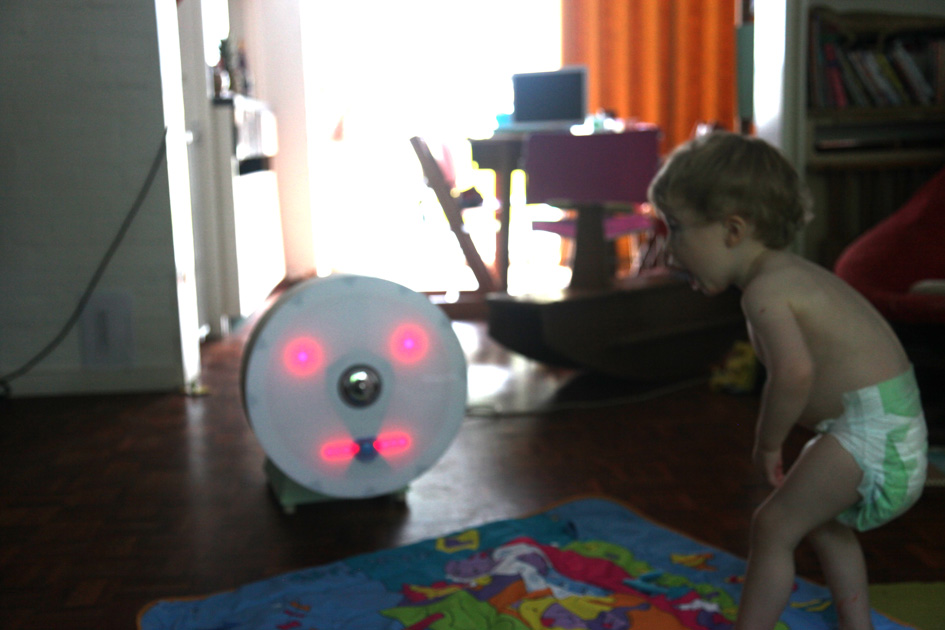

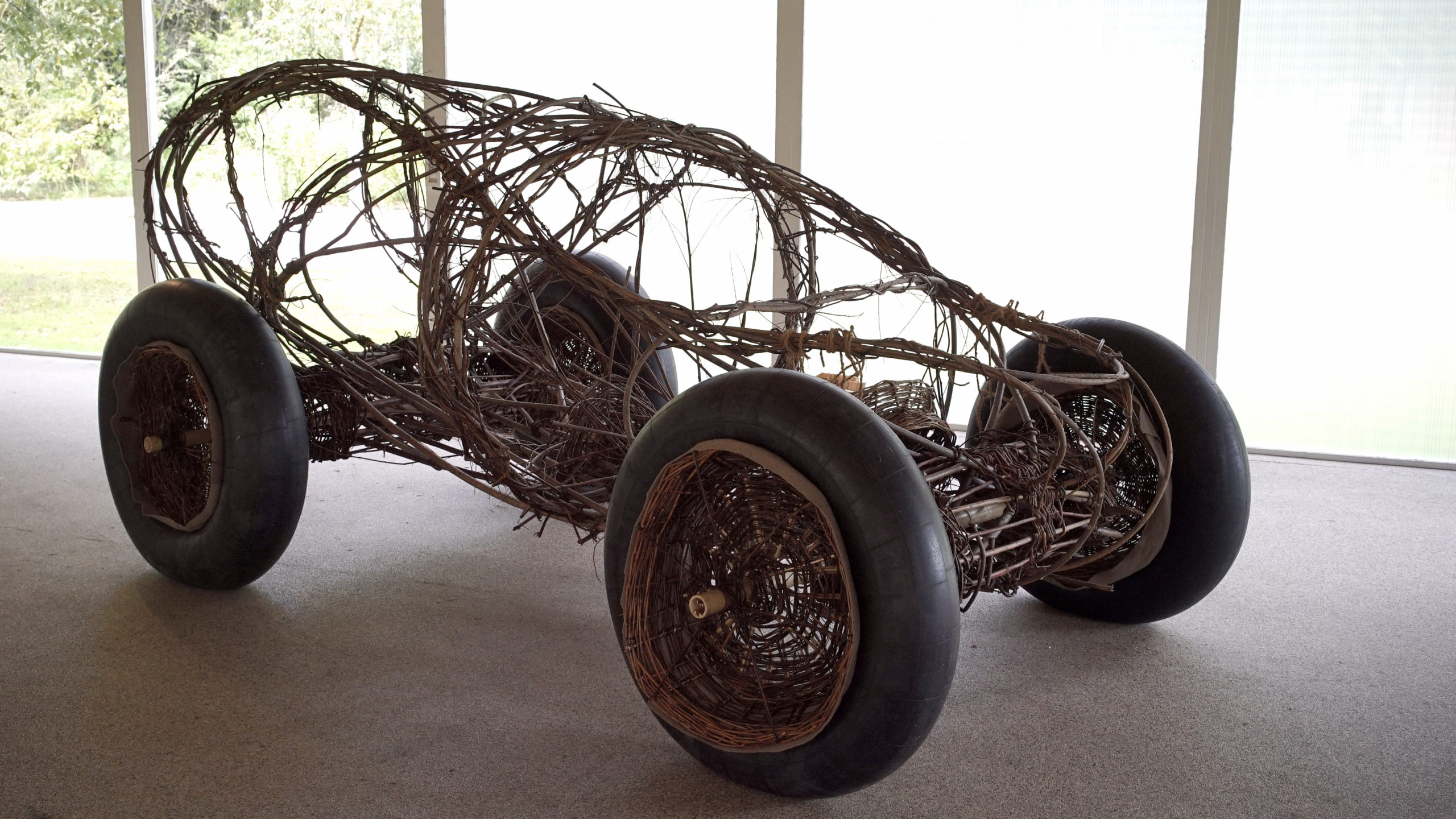


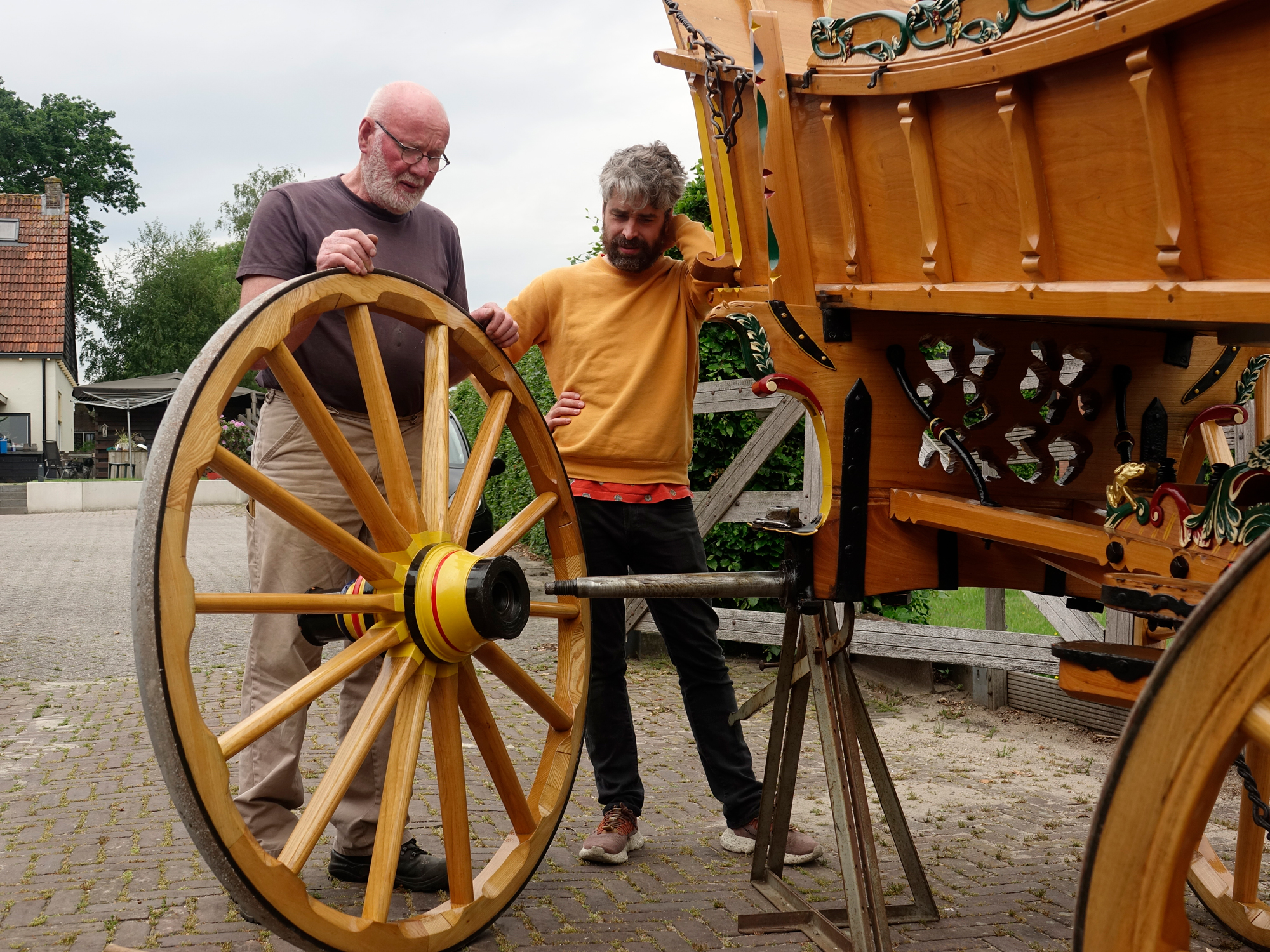



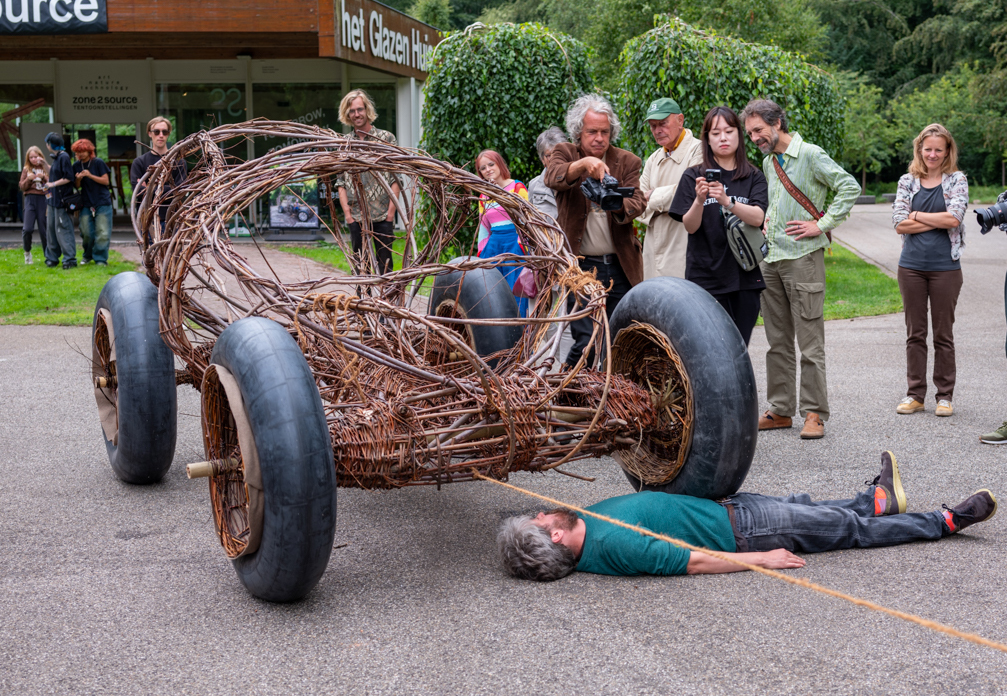
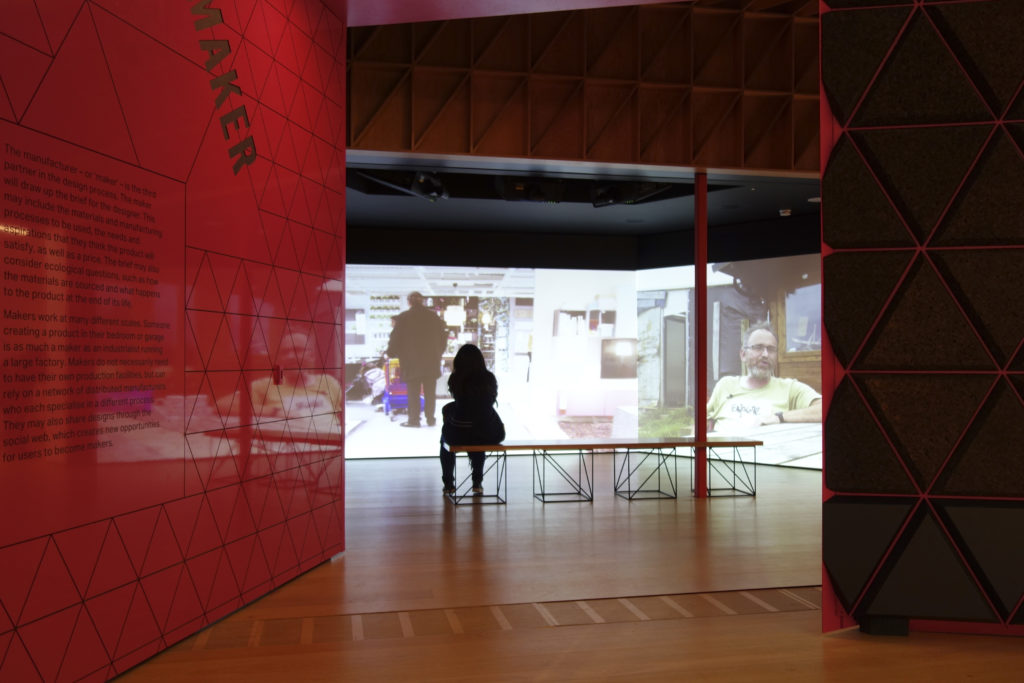

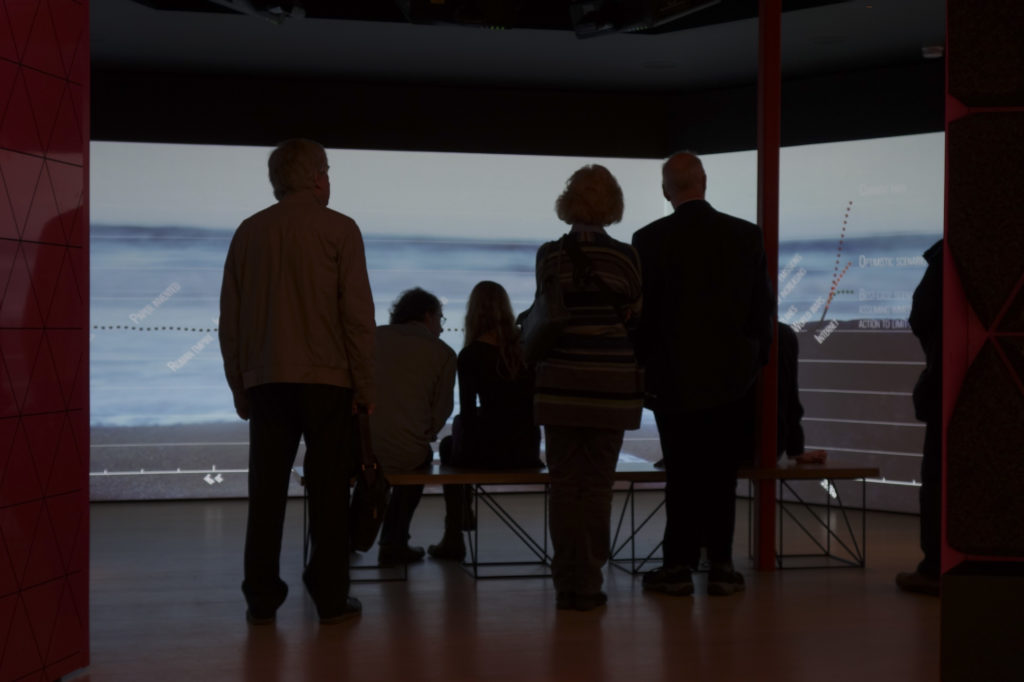








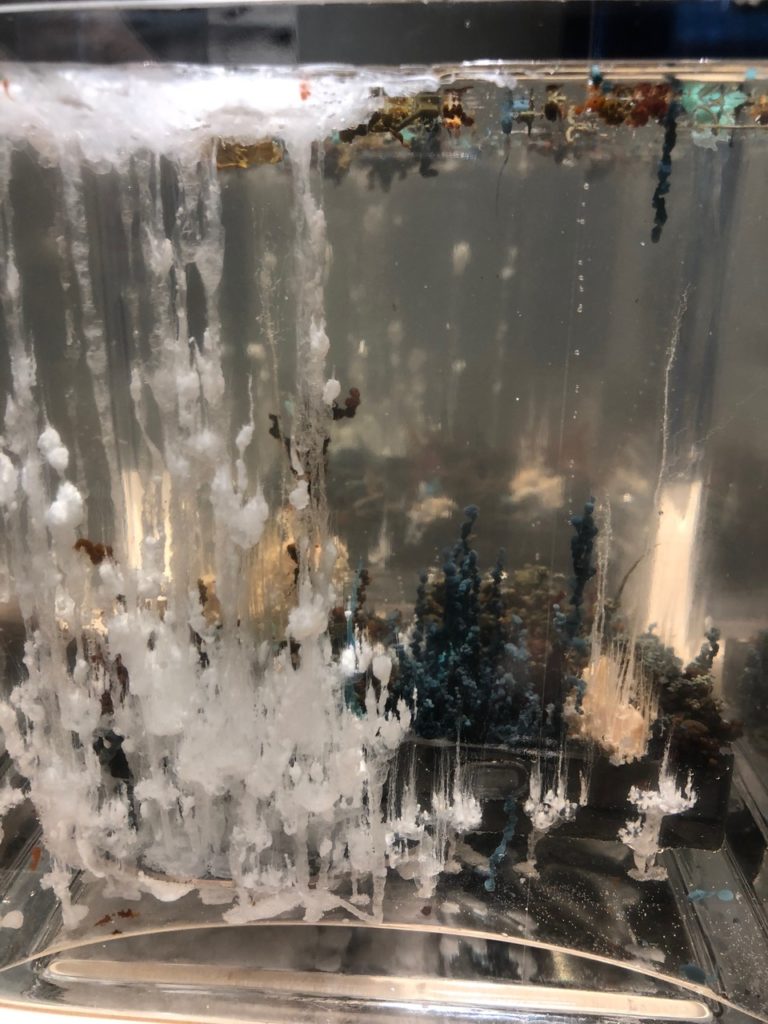
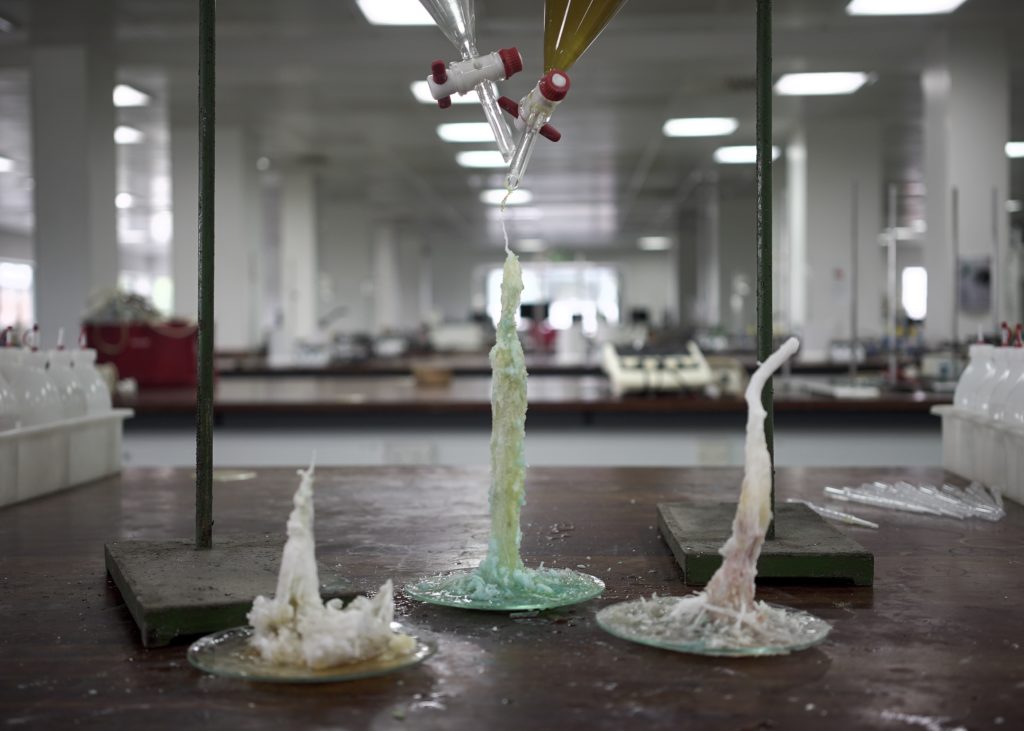
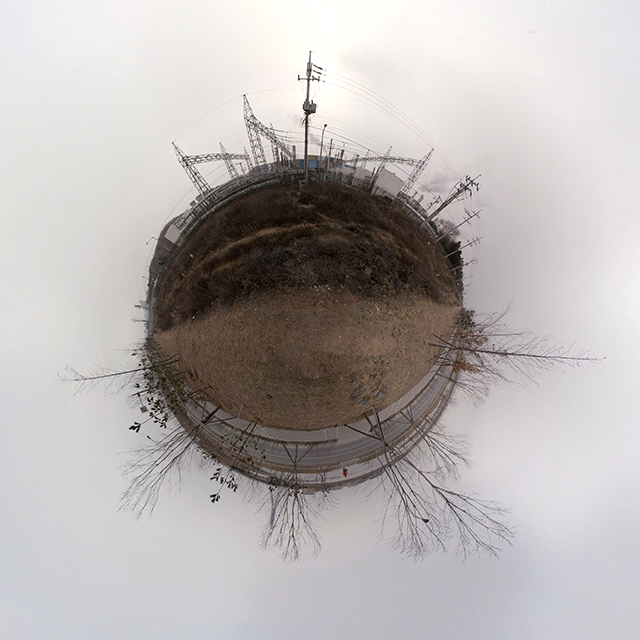
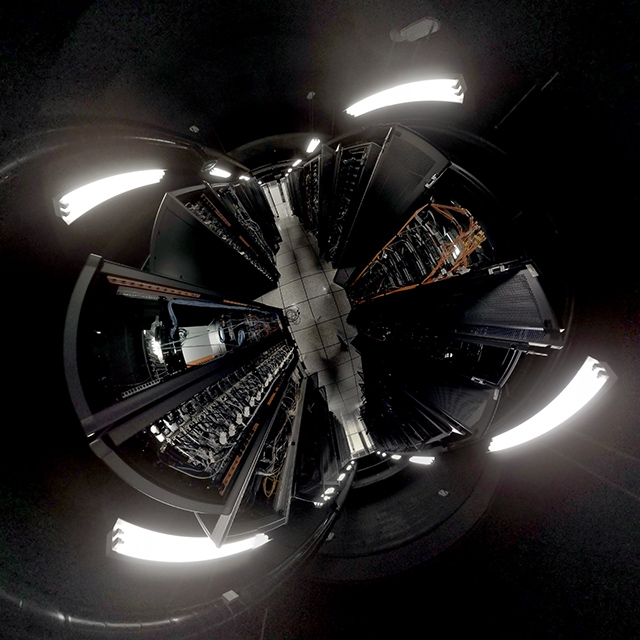

 The specifics of our beliefs will have been forgotten. The details of our wars and triumphs, will be of interest only to academics, or will be reduced to sweeping generalisations made about ‘the peoples of the late Holocene’… Our most advanced technology will be yellowed by age, in glass museum display cases. Probably. Or perhaps in two centuries the world will be such that no person will be interested in the ruins of our civilisation. But we have to hope that one day, someone in the future will wonder about us.
The specifics of our beliefs will have been forgotten. The details of our wars and triumphs, will be of interest only to academics, or will be reduced to sweeping generalisations made about ‘the peoples of the late Holocene’… Our most advanced technology will be yellowed by age, in glass museum display cases. Probably. Or perhaps in two centuries the world will be such that no person will be interested in the ruins of our civilisation. But we have to hope that one day, someone in the future will wonder about us. 
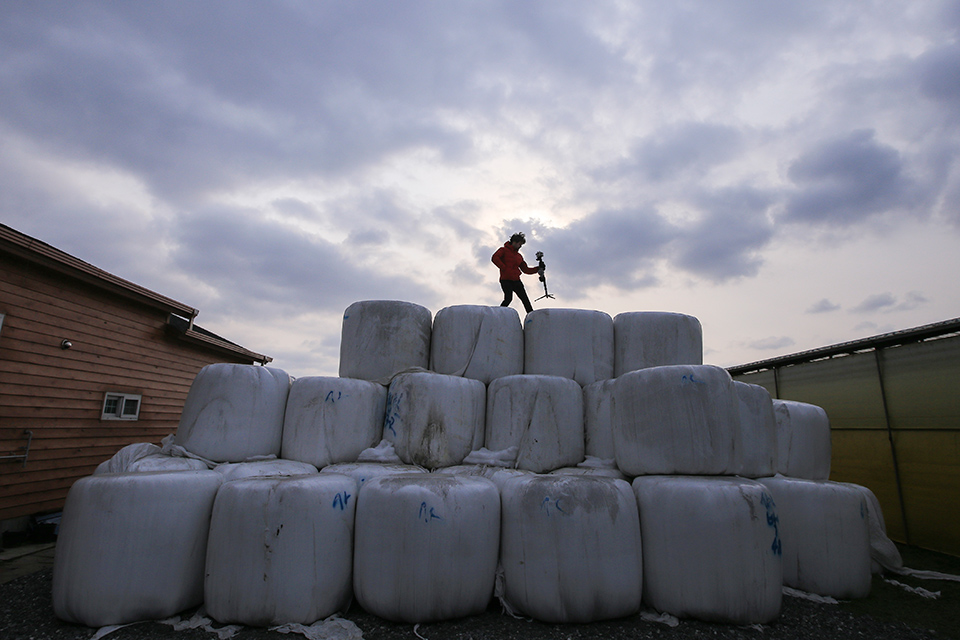









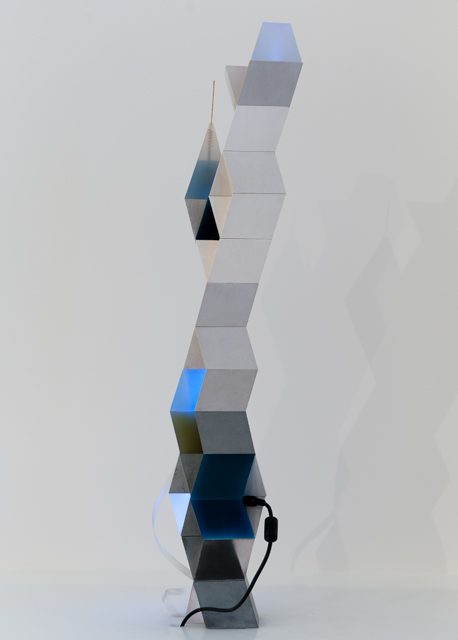






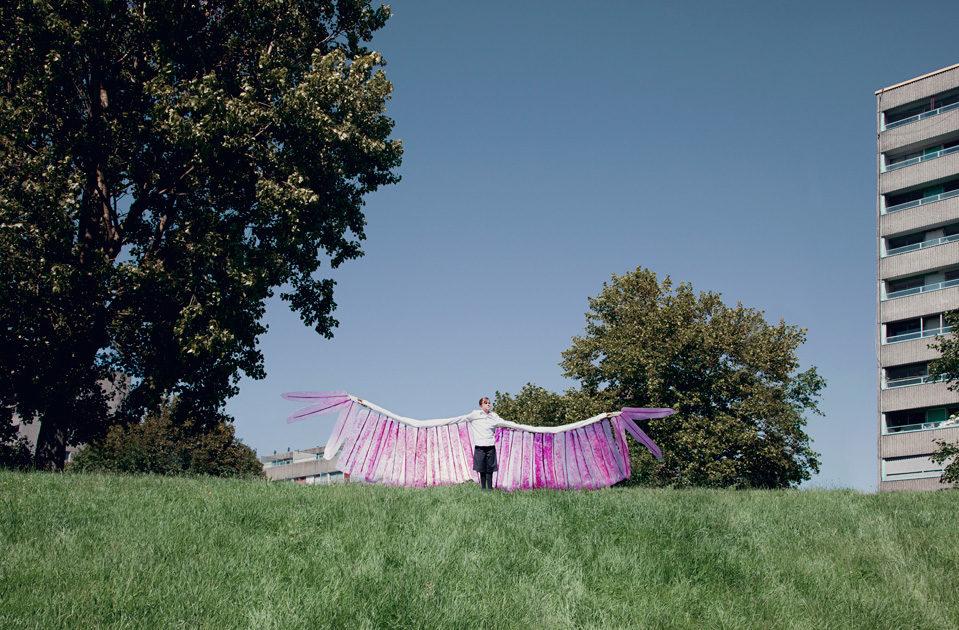

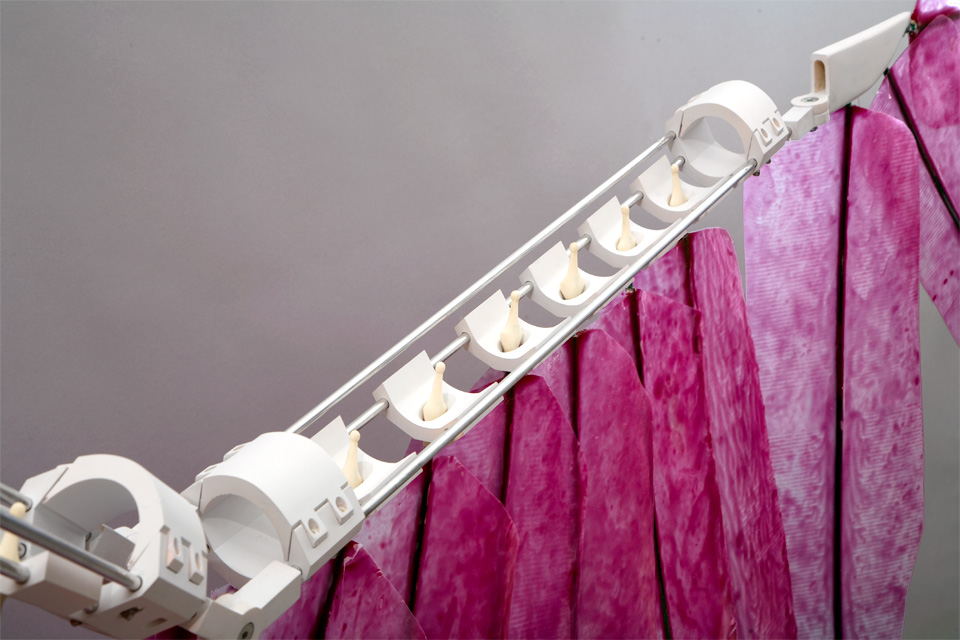
 In an alternative present where the dogma of the Modern Synthesis hadn’t caused researchers to ignore epigenetic effects, society embraces the idea that some people have genes that are effected by the environment, and that these altered genes will be passed on to their children. The state therefore tests the population to determine if someone is of ‘the responsive type’, because the environment in which ‘a responder’ grows up has consequences for society: A nurturing environment and they grow to be highly social individuals, beneficial to society, but a bad environment and they overwhelmingly become criminals. Furthermore, the effects of this environment are passed down to their offspring as well. Therefore the resources of the state are directed towards the responders, with special, well funded schooling, to maximise the positive impact responders will have later in life. A form of ‘intergenerational responsibility’ is also implemented, with parents of responders held partly responsible, and liable to serve a part of any jail sentence, if their offspring grows up to commit serious crime. The Responsiveness Tester is employed nationwide to determine at 18 months, if a child is a responder. It gives them a mild fright, and gauges their responsiveness, by taking a sample of their saliva from the dummy, and measuring the levels of the stress hormone cortisol it contains.
In an alternative present where the dogma of the Modern Synthesis hadn’t caused researchers to ignore epigenetic effects, society embraces the idea that some people have genes that are effected by the environment, and that these altered genes will be passed on to their children. The state therefore tests the population to determine if someone is of ‘the responsive type’, because the environment in which ‘a responder’ grows up has consequences for society: A nurturing environment and they grow to be highly social individuals, beneficial to society, but a bad environment and they overwhelmingly become criminals. Furthermore, the effects of this environment are passed down to their offspring as well. Therefore the resources of the state are directed towards the responders, with special, well funded schooling, to maximise the positive impact responders will have later in life. A form of ‘intergenerational responsibility’ is also implemented, with parents of responders held partly responsible, and liable to serve a part of any jail sentence, if their offspring grows up to commit serious crime. The Responsiveness Tester is employed nationwide to determine at 18 months, if a child is a responder. It gives them a mild fright, and gauges their responsiveness, by taking a sample of their saliva from the dummy, and measuring the levels of the stress hormone cortisol it contains. 


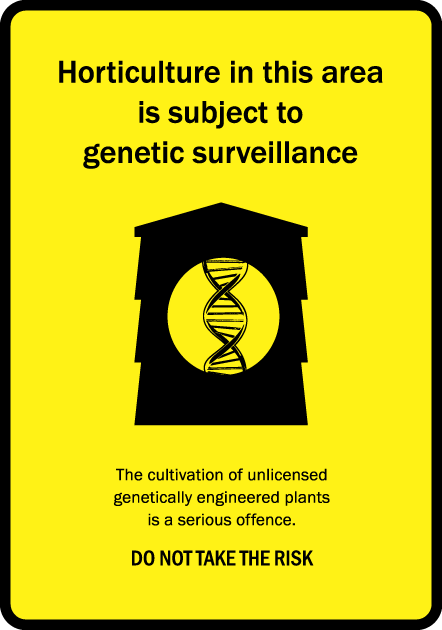
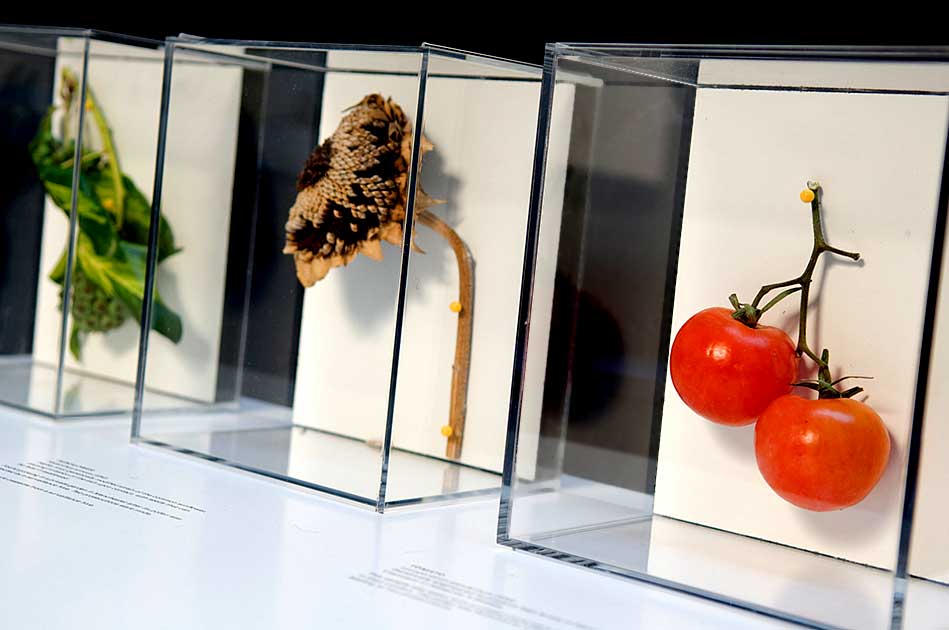 Vicia faba (Broad bean – GM) Modified by amateurs to produce the class A controlled drug, Benzoylmethylecgonine (‘Cocaine’). Pollen from the modified plants was traced to a large crop being cultivated within three miles of a commercial farm, thus posing a serious risk of cross-pollination with food crops. Six convictions were made. Helianthus annuus (Sunflower – GM) Highly toxic, genetically modified strain of the common sunflower, causing irritation of the skin upon contact, with seeds that can be fatal if swallowed. Lycopersicon esculentum (Tomato – GM) Genetically engineered to produce high levels of Ebixam®, a patented drug used in the treatment of Alzheimer’s disease. This sample was taken from a pirated clone plant, grown illegally on an allotment in East London. Its pollen was detected by a Metropolitan Police surveillance hive, leading to two prosecutions.
Vicia faba (Broad bean – GM) Modified by amateurs to produce the class A controlled drug, Benzoylmethylecgonine (‘Cocaine’). Pollen from the modified plants was traced to a large crop being cultivated within three miles of a commercial farm, thus posing a serious risk of cross-pollination with food crops. Six convictions were made. Helianthus annuus (Sunflower – GM) Highly toxic, genetically modified strain of the common sunflower, causing irritation of the skin upon contact, with seeds that can be fatal if swallowed. Lycopersicon esculentum (Tomato – GM) Genetically engineered to produce high levels of Ebixam®, a patented drug used in the treatment of Alzheimer’s disease. This sample was taken from a pirated clone plant, grown illegally on an allotment in East London. Its pollen was detected by a Metropolitan Police surveillance hive, leading to two prosecutions. 
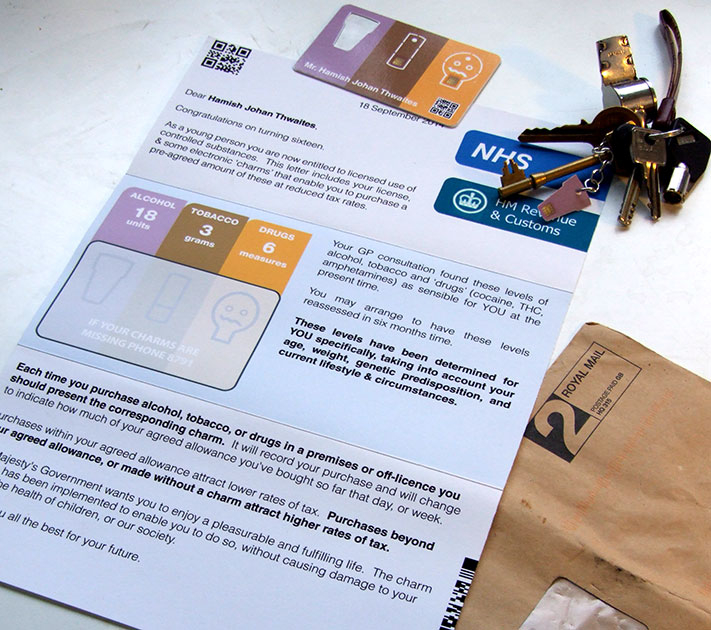 ‘Dear Hamish Johan Thwaites, Congratulations on turning sixteen. As a young person you are now entitled to licensed use of controlled substances. Her Majesty’s Government understands these can be pleasurable, however they are dangerous and used in excess they cause damage to yourself, your family, your children (should you already/choose to have them), and our society. This letter includes your license to use these substances, & some electronic ‘charms’ that enable you to purchase a pre-agreed amount of these at reduced tax rates. Your GP consultation found these levels of alcohol, tobacco and ‘drugs’ (cocaine, THC, amphetamines) as sensible for YOU at the present time. You may arrange to have these levels reassessed in six months time. These levels have been determined for YOU specifically, taking into account your age, weight, genetic predisposition, and current lifestyle & circumstances, and cannot be applied to other people. Each time you purchase alcohol, tobacco, or drugs in a premises or off-licence you should present the corresponding charm. It will record your purchase and will display how much of your agreed allowance you’ve bought so far that day, or week. Purchases within your agreed allowance attract lower rates of tax. Purchases beyond your agreed allowance, or made without a charm attract higher rates of tax. Her Majesty’s Government wants you to enjoy a pleasurable and fulfilling life. The charm system has been implemented to enable you to do so, without causing damage to your health, the health of children, or our society. We wish you all the best for your future.’
‘Dear Hamish Johan Thwaites, Congratulations on turning sixteen. As a young person you are now entitled to licensed use of controlled substances. Her Majesty’s Government understands these can be pleasurable, however they are dangerous and used in excess they cause damage to yourself, your family, your children (should you already/choose to have them), and our society. This letter includes your license to use these substances, & some electronic ‘charms’ that enable you to purchase a pre-agreed amount of these at reduced tax rates. Your GP consultation found these levels of alcohol, tobacco and ‘drugs’ (cocaine, THC, amphetamines) as sensible for YOU at the present time. You may arrange to have these levels reassessed in six months time. These levels have been determined for YOU specifically, taking into account your age, weight, genetic predisposition, and current lifestyle & circumstances, and cannot be applied to other people. Each time you purchase alcohol, tobacco, or drugs in a premises or off-licence you should present the corresponding charm. It will record your purchase and will display how much of your agreed allowance you’ve bought so far that day, or week. Purchases within your agreed allowance attract lower rates of tax. Purchases beyond your agreed allowance, or made without a charm attract higher rates of tax. Her Majesty’s Government wants you to enjoy a pleasurable and fulfilling life. The charm system has been implemented to enable you to do so, without causing damage to your health, the health of children, or our society. We wish you all the best for your future.’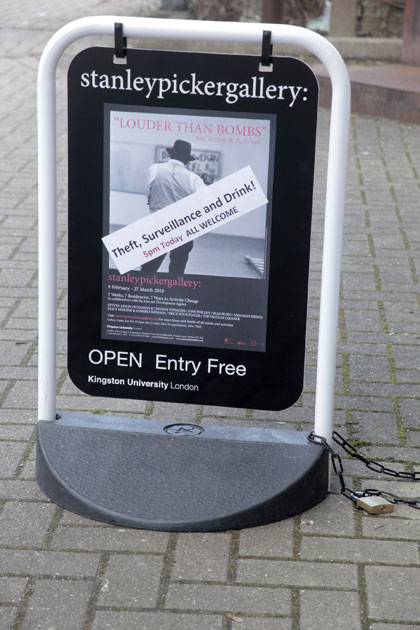
 The bicycle, purchased from the Liverpool St branch of Evans cycles. The shop assistant Ahmed who said he used to hang out with some bicycle thieves, insisted that this bike was the one to go for as it was a TREK, and had suspension. Bicycle thieves also like disc brakes apparently, but our budget wouldn’t stretch that far.
The bicycle, purchased from the Liverpool St branch of Evans cycles. The shop assistant Ahmed who said he used to hang out with some bicycle thieves, insisted that this bike was the one to go for as it was a TREK, and had suspension. Bicycle thieves also like disc brakes apparently, but our budget wouldn’t stretch that far.  I wrote an App for the G1 Android phone which caused it to take photos and text us its coordinates when it was moved. Steven added extra batteries which would keep it running for about three weeks we think, and hid the assembly in the saddle. Java code for the App
I wrote an App for the G1 Android phone which caused it to take photos and text us its coordinates when it was moved. Steven added extra batteries which would keep it running for about three weeks we think, and hid the assembly in the saddle. Java code for the App 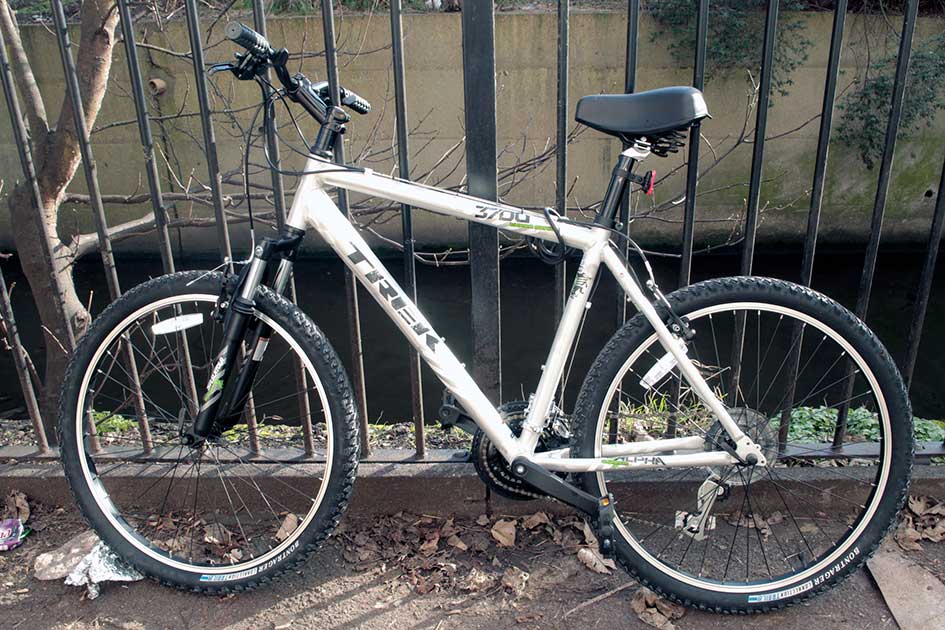

 The (quite subtle) hole drilled in the saddle for the camera lens.
The (quite subtle) hole drilled in the saddle for the camera lens.  During our residency, a girls’ rather fashionable Dutch-style bike was stolen from outside the gallery. It was locked just next to our honeytrap. This suggests either we got the thieves taste in bikes drastically wrong, or they had read about our project on the gallery poster
During our residency, a girls’ rather fashionable Dutch-style bike was stolen from outside the gallery. It was locked just next to our honeytrap. This suggests either we got the thieves taste in bikes drastically wrong, or they had read about our project on the gallery poster 
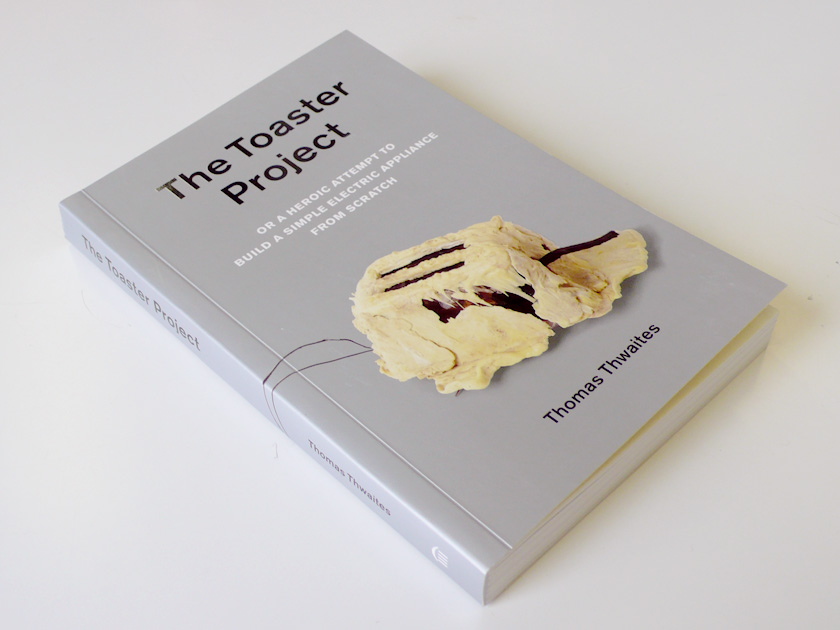

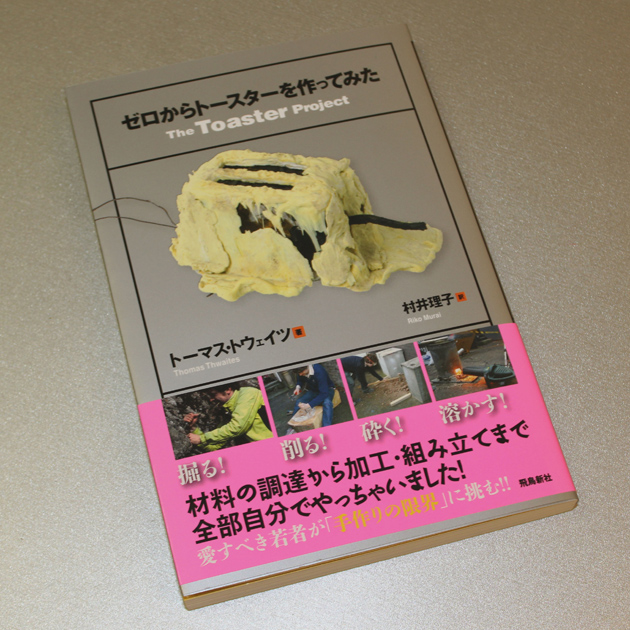



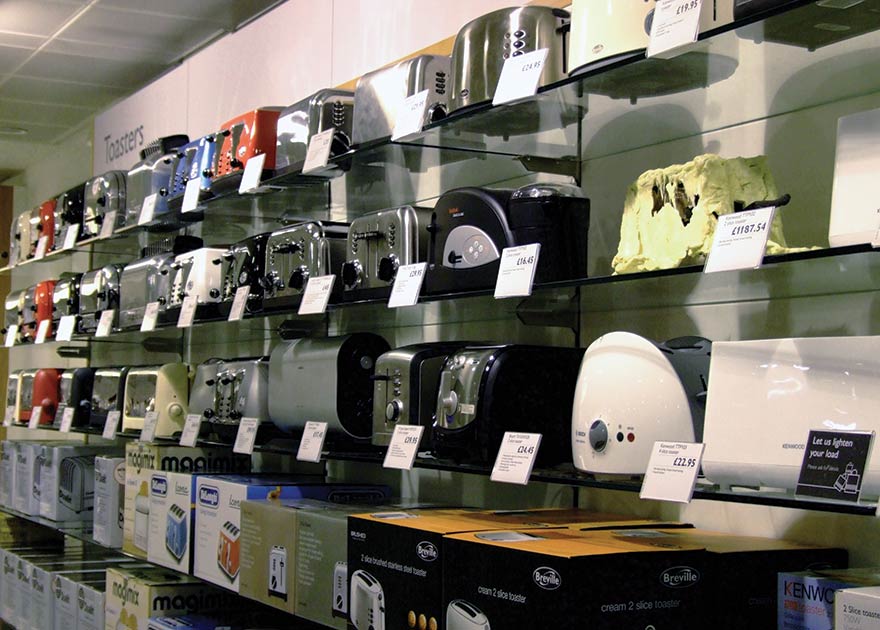



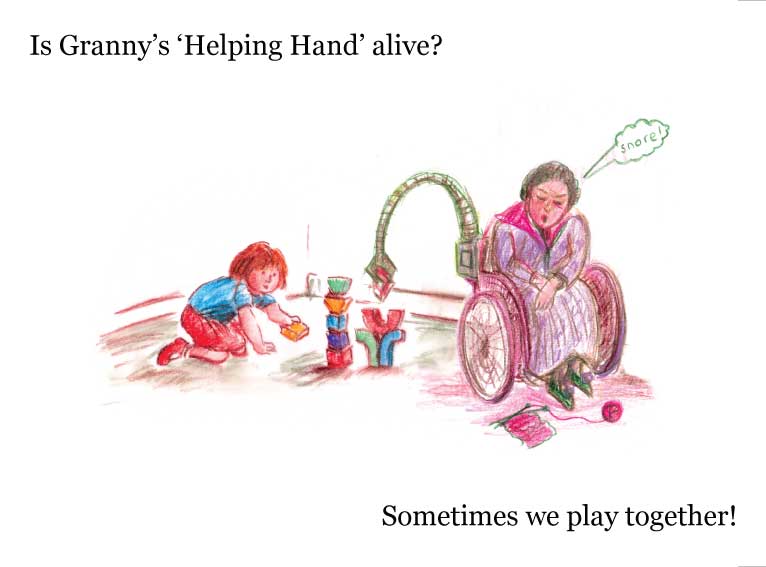
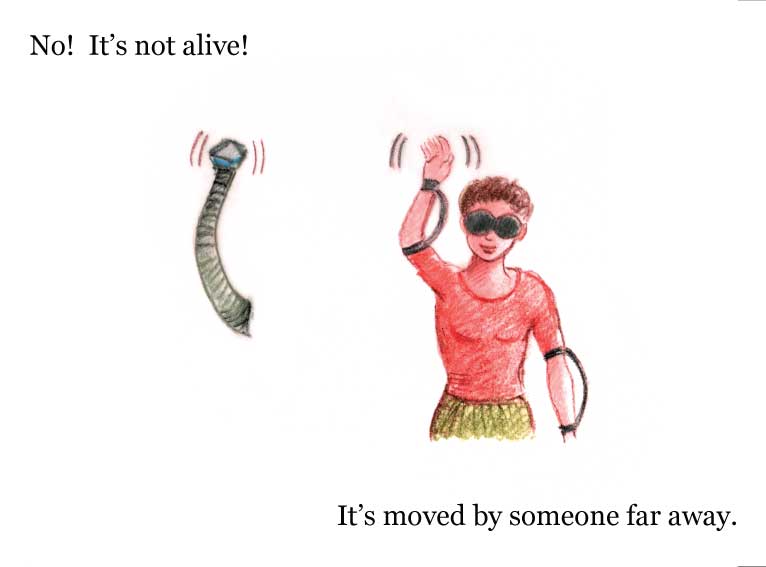

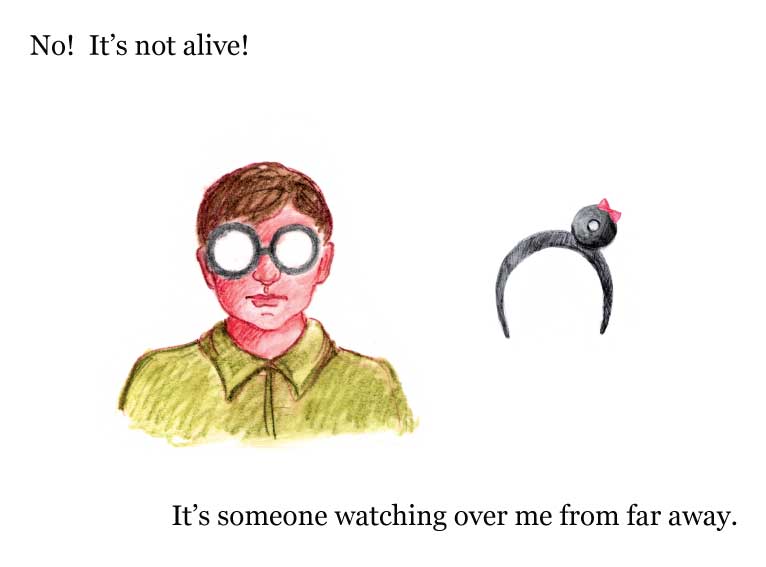
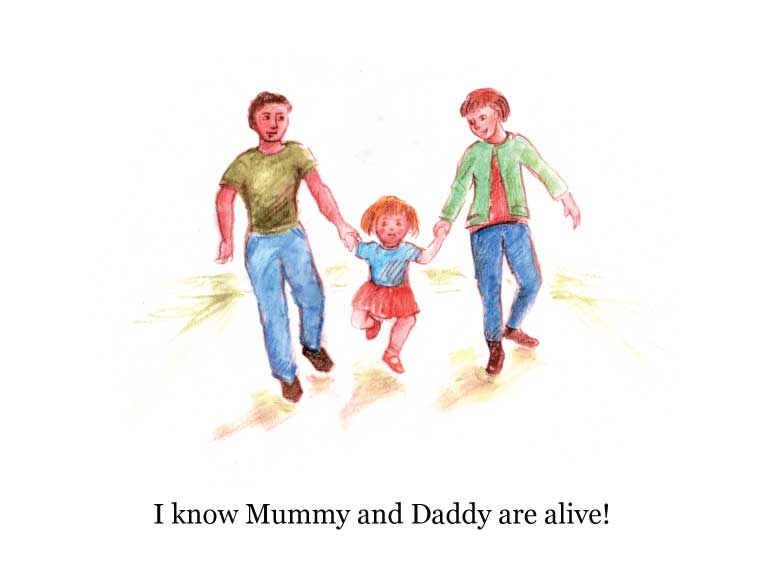

 E-money, RFID and low power e-ink displays present new opportunities for active marketing materials. Touching your e-wallet to the leaflet displays a personalised price, and touching it again allows you to buy on impulse…
E-money, RFID and low power e-ink displays present new opportunities for active marketing materials. Touching your e-wallet to the leaflet displays a personalised price, and touching it again allows you to buy on impulse… 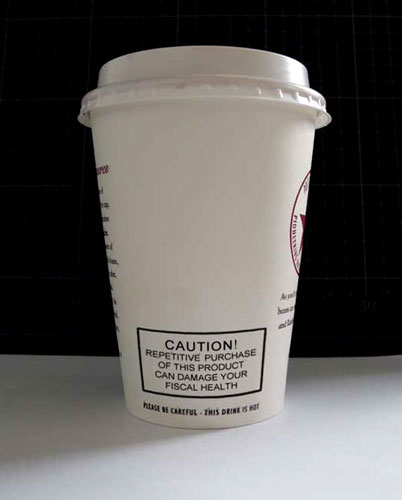 E-money makes spending invisible, and marketing techniques become ever more refined.
E-money makes spending invisible, and marketing techniques become ever more refined.  The NFHS an offshoot of the UK’s National Health Service is founded. It’s remit: To treat diseases of affluence through prescribed spending.
The NFHS an offshoot of the UK’s National Health Service is founded. It’s remit: To treat diseases of affluence through prescribed spending.  A patient and their consultant agree on a variety of restrictions and prescriptions. The patients’ e-wallet is programmed to deny transactions for pre-agreed items, or to set aside money for specific things. So in a rational moment you decide what you’re able to do in the future… The NFHS has helped combat physical diseases of affluence [e.g. obesity], addictions [e.g. smoking], and significantly has aided the fight against depression.
A patient and their consultant agree on a variety of restrictions and prescriptions. The patients’ e-wallet is programmed to deny transactions for pre-agreed items, or to set aside money for specific things. So in a rational moment you decide what you’re able to do in the future… The NFHS has helped combat physical diseases of affluence [e.g. obesity], addictions [e.g. smoking], and significantly has aided the fight against depression.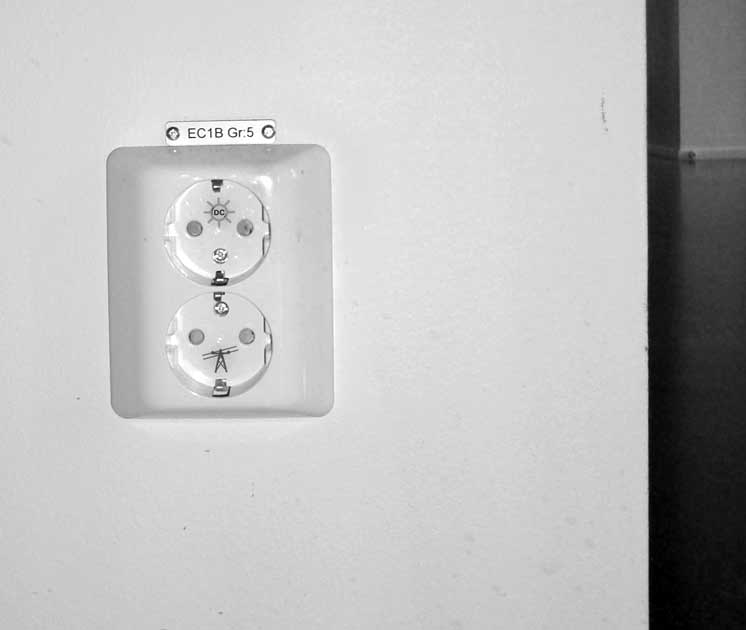
 We speculated about a future tradition emerging around energy use, an annual day which acknowledged the complexity inherent in peoples’ attempts to save energy, in order to fractionally reduce emissions they can’t see, while living in a consumer society. Our traditional day would be held at the end of the summer. The idea would be to not use any electrical power, with friends and family getting together to cook an evening meal outside. All the electrical objects in your home would be wrapped up in white paper and paper tape. This means they can’t easily be used, but also gives these everyday items an abstract shape. The blankness of these transformed objects invites a consideration of their ‘place’. In addition, the wrapping-up reflects the unwrapping of gifts at Christmas. We imagined that some products might perhaps remain wrapped and unused for the three months to Christmas, and so becoming a reminder to not buy further unnecessary products. The smoke produced by the whole neighbourhood cooking outside would combine into a haze, added to by ‘smoke decorations’. This makes the atmosphere ‘visible’. We see that our actions en-masse can effect the atmosphere – in this case producing a pretty red sunset (given the right conditions), and metaphorically bringing the emissions usually produced elsewhere in the generation of power, to the areas where that power is actually used.
We speculated about a future tradition emerging around energy use, an annual day which acknowledged the complexity inherent in peoples’ attempts to save energy, in order to fractionally reduce emissions they can’t see, while living in a consumer society. Our traditional day would be held at the end of the summer. The idea would be to not use any electrical power, with friends and family getting together to cook an evening meal outside. All the electrical objects in your home would be wrapped up in white paper and paper tape. This means they can’t easily be used, but also gives these everyday items an abstract shape. The blankness of these transformed objects invites a consideration of their ‘place’. In addition, the wrapping-up reflects the unwrapping of gifts at Christmas. We imagined that some products might perhaps remain wrapped and unused for the three months to Christmas, and so becoming a reminder to not buy further unnecessary products. The smoke produced by the whole neighbourhood cooking outside would combine into a haze, added to by ‘smoke decorations’. This makes the atmosphere ‘visible’. We see that our actions en-masse can effect the atmosphere – in this case producing a pretty red sunset (given the right conditions), and metaphorically bringing the emissions usually produced elsewhere in the generation of power, to the areas where that power is actually used. 



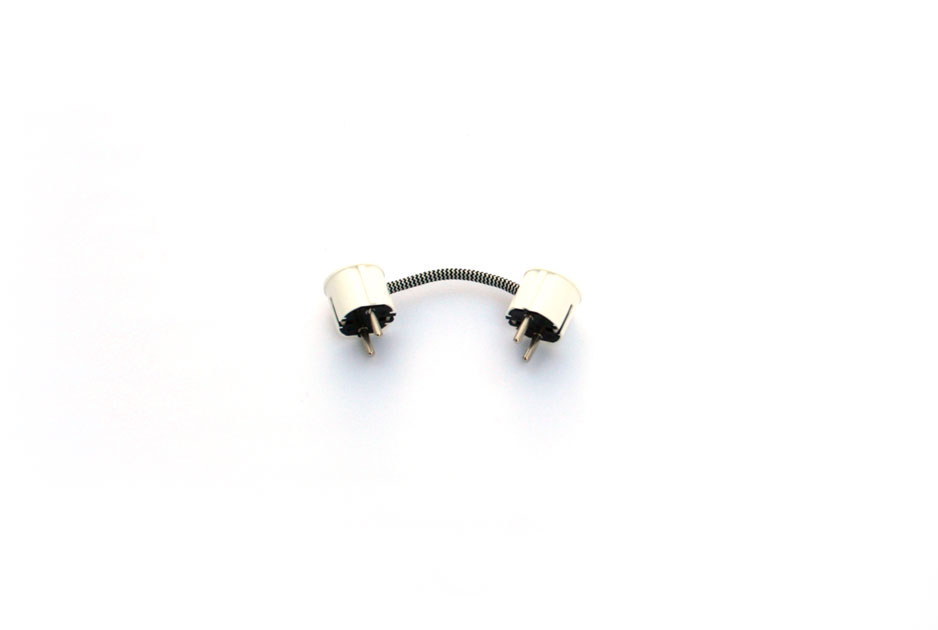


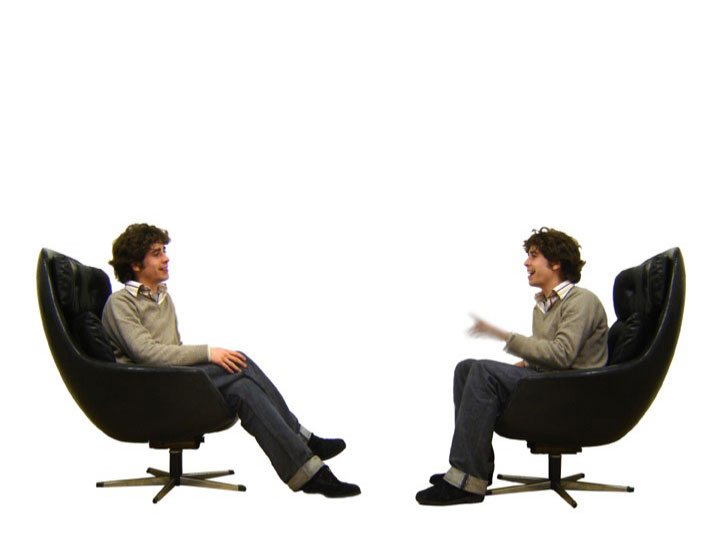 The start of the conversation: Both occupants are level, though the chairs will have detected the slightly more assured pose of the occupant to the right, and the slightly more eager ‘weight forward’ pose of the occupant to the left, and will begin working to reinforce this dynamic.
The start of the conversation: Both occupants are level, though the chairs will have detected the slightly more assured pose of the occupant to the right, and the slightly more eager ‘weight forward’ pose of the occupant to the left, and will begin working to reinforce this dynamic. 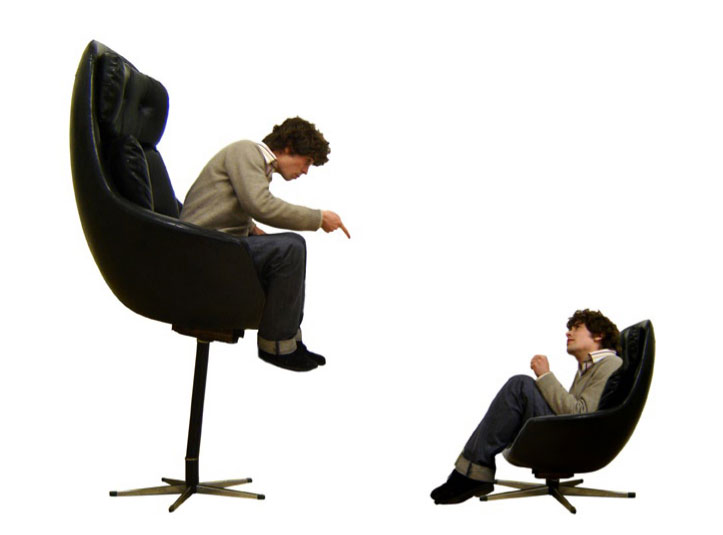 By constantly reflecting the emotional state of their occupants, self-assurance or insecurity is fed-back and thus reinforced. Through in certain circumstances occupants could be in for a bumpy ride, the chairs help ensure that by the end of the conversation, neither is left in any doubt as to who is higher in the office and/or social hierarchy.
By constantly reflecting the emotional state of their occupants, self-assurance or insecurity is fed-back and thus reinforced. Through in certain circumstances occupants could be in for a bumpy ride, the chairs help ensure that by the end of the conversation, neither is left in any doubt as to who is higher in the office and/or social hierarchy.
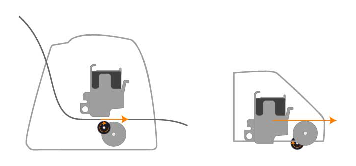
 The idea became a kind of technological cave painting. Some people drew patterns, some people wrote philosophical words, some drew clever things, a couple of people managed to get photos on to my computer. Most people drew people.
The idea became a kind of technological cave painting. Some people drew patterns, some people wrote philosophical words, some drew clever things, a couple of people managed to get photos on to my computer. Most people drew people. 